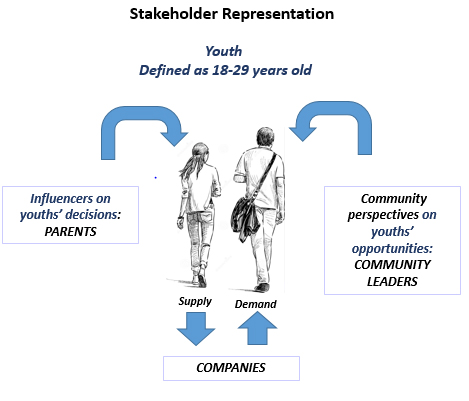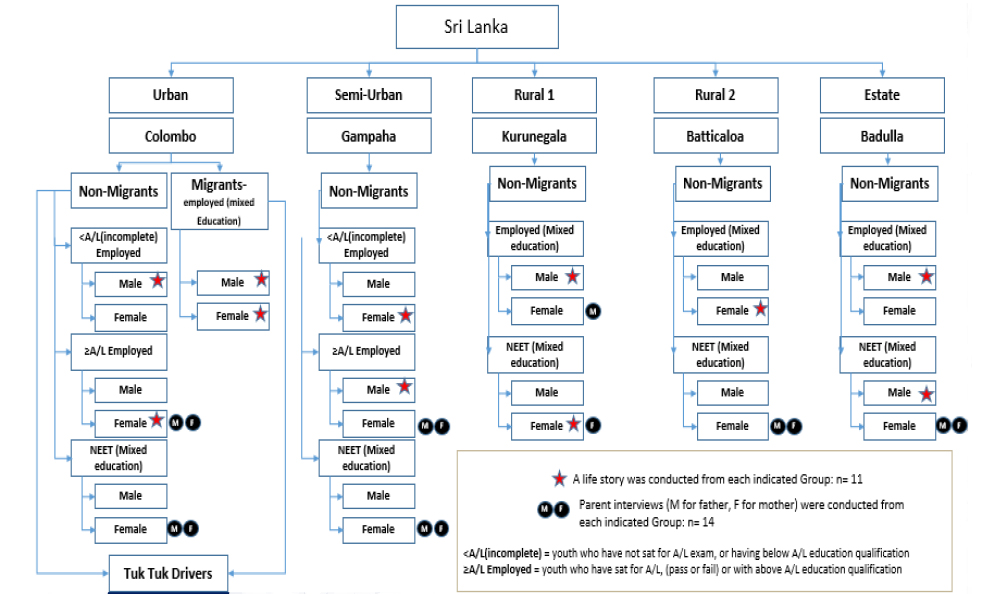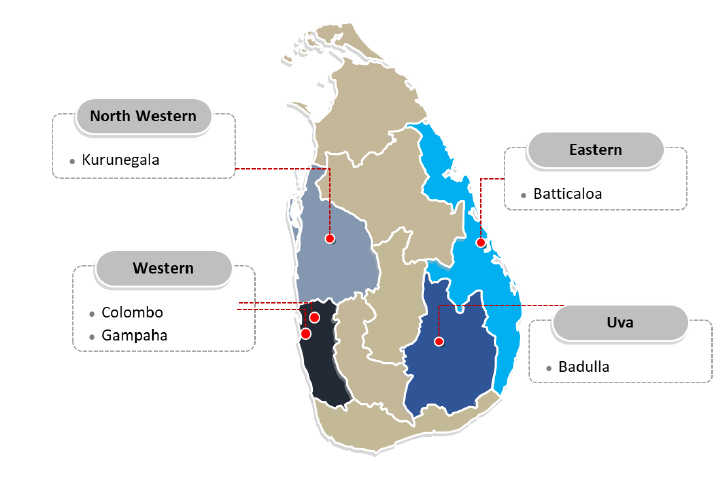The public’s right of access to information, also termed as Access to Information (ATI) / Freedom of Information (FOI) /Right to Information (RTI) is practiced in 127 countries globally. Sri Lanka enacted the RTI act in 2016, and brought to practice in 2017. While the privileges of this act exist for Sri Lankan from its inception, whether the citizens are aware of this right and its relevance to the public and as a result, to what extent the freedom of information has been used to accomplish personal level, community level and national level interests are few questions require answers.
Mismatch between Labor Supply and Demand in Sri Lanka
Youth & Gender Qualitative study
Summary
This study evaluates the public awareness on the Right to Information Act and their experience of using this right. This was an island-wide conducted statistically robust study which comprised of a desk research, qualitative and quantitative data analysis in order to bring about insights to enhance the utility of the Act in Sri Lanka.
Objectives
In identifying the motivators of labor supply and the drivers of labor demand, the key objectives of the study will be as follows;
Objective
Objective
Objective
Methodology
Given the objective is to discover factors that influence and drive demand and supply, a qualitative exploratory methodology was applied where a semi-structured open discussions were conducted among the identified stakeholders for the study.

▪ Working-age youth who are in the age group of 18-29, employed, unemployed or NEET and, both male and female
▪ Parents of female youths
▪ Community leaders
▪ Private sector employers
▪ Focus group discussions with working-age youth, whether employed or unemployed or NEET
▪ Key informant interviews with community members, parents and employers
▪ Life-story interviews with selected youth.
Sample Composition

Regions covered in the study

After a thorough studying of the scope of the study, it was understood that the representation of all three stratum; urban, rural and estate communities in this study is vital. Given the higher population representation in rural areas, two rural community areas were selected. Kurunegala was selected to represent rural Sinhala communities and that is one of the highest populated rural districts of the country. Further, it is considered to be one of the fast developing rural areas in the country with higher exposure.
Batticaloa is proposed as another rural area which will represent Tamil communities. Urban communities will be fairly represented by covering communities in urban areas of Colombo district and Gampaha to represent as a Semi-Urban area. In order to represent estate (plantation) communities, Badulla will be proposed.
Research Process
The procedures followed were commissioned in below 3 stages.
Upon finalization of DGs for discussions, a pilot group discussion and a life story discussion were conducted.
Based on the learnings from the pilot group discussion, following amendments was done to the study scope and the execution.
Using a Recruitment questionnaire, respondents were selected. Eligible respondents were recruited and brought to a central location for the discussion, for the moderators to start the discussions.


